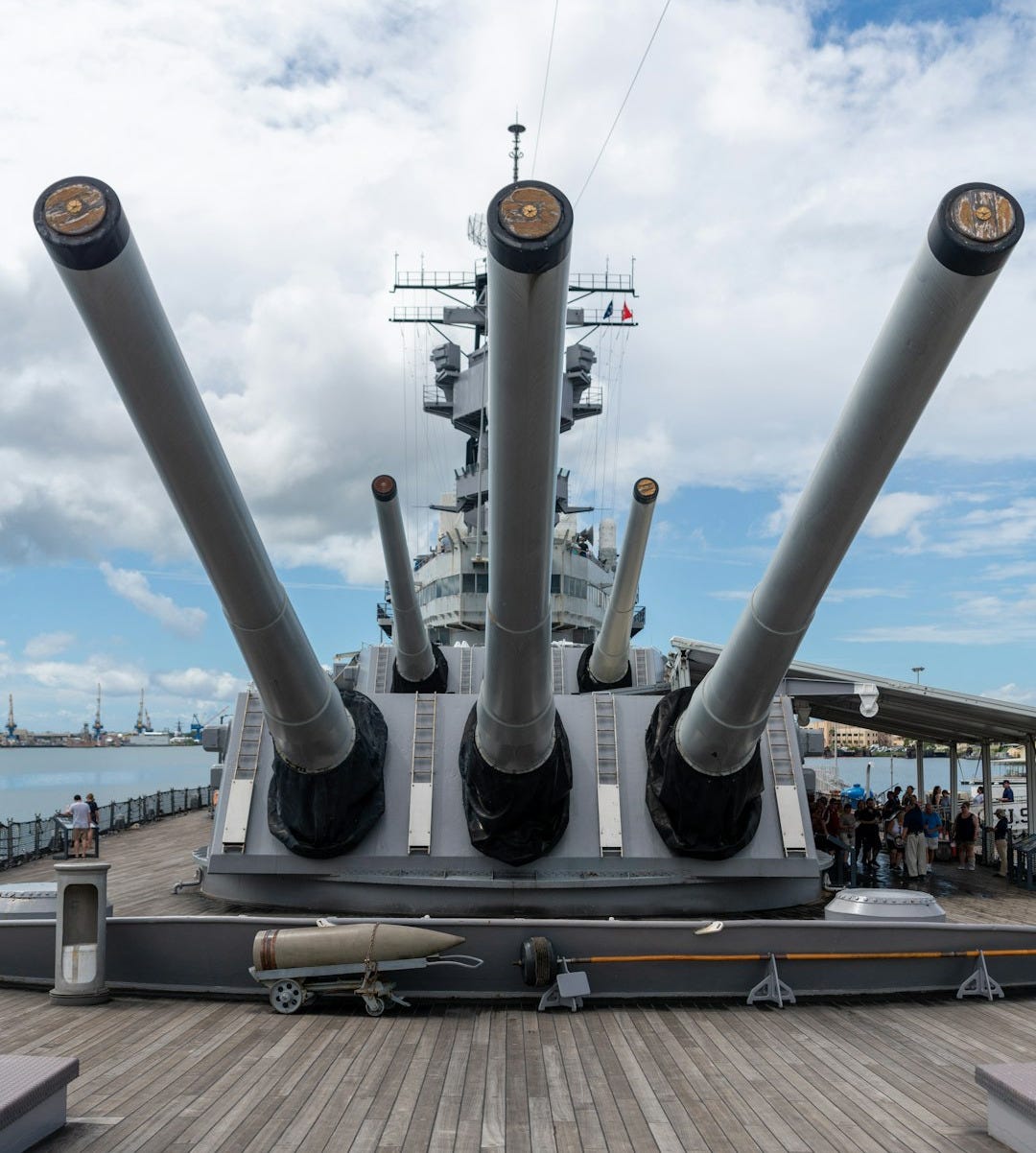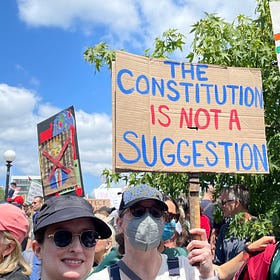Presidents have been going to war without Congress since at least 1898
While Trump's order of an attack on Iran was definitely shocking, there's plenty of historical precedent to show it probably wasn't illegal and unconstitutional.
The last time Congress declared war was in 1942 during World War II.
The U.S. has sent troops overseas many times in the decades since, but those deployments did not begin with a declaration of war, as outlined in Article I of the Constitution. Many – but not all – of those military operations involved a Congressional vote at some point, but only sometimes before the operation began.

The three-word phrase in the long list of Congressional duties in Article I – “to declare war” – is followed by an explanation of how our troops are paid for and regulated. But those three words have been interpreted endlessly. According to the National Constitution Center, many of the founders, including George Washington, Alexander Hamilton and James Madison, thought Congress would need to approve any acts of war, not just declarations of war, as a limit on presidential power. Article II of the Constitution names the president Commander in Chief of the Army and Navy of the United States and of the militia of the states.
But more modern leaders have interpreted the Constitution differently.
President William McKinley ordered the U.S. battleship Maine to Havana harbor in January 1898, without Congressional approval, to protect American interests during a dispute between Cuba and Spain and to express the U.S.’s commitment to its friendship with Spain. But a month later, the Maine exploded, killing 266 crew members. Americans were pissed, and were known to cry, "Remember the Maine! To Hell with Spain!" McKinley then asked and received Congressional approval to intervene in the conflict between Spain and Cuba and by April we were at war with Spain.
McKinley also sent 2,000 U.S. troops to China to protect American interests in 1900 during the Boxer Revolution – without preapproval from Congress. Historians consider this to be the precedent that other presidents have followed when sending troops without Congressional approval.
There have been many examples since then, leading up to President Donald Trump sending fighter jets to bomb Iran. And, in case you are wondering, Congress has only declared war 11 times from the War of 1812 through World War II.
In June 1950, President Harry S. Truman got the U.S. into the Korean War with a press release explaining his plans to the American people. This action came just a few years after he shared the Truman Doctrine, a U.S. foreign policy initiative on containing the spread of communism. The doctrine pledged American military and economic support to nations resisting communist expansion.
The U.S. had thousands of military advisers in Vietnam for about a decade before Congress engaged in a debate about that war. After the Gulf of Tonkin incident in 1964, Congress approved a resolution that gave President Lyndon B. Johnson authority to increase military presence without declaring war. By 1969, 536,000 American troops were in Vietnam, which was never officially a war. Approximately 58,220 U.S. service members died in that war and more than 300,000 were wounded.
Congress approved President George W. Bush’s request for a resolution authorizing the use of military force against Iraq in 2002, a few months after the 9/11 attacks, even though it remains unclear what connection Iraq and Saddam Hussein’s regime had to the terrorist attacks ordered by Osama bin Laden and Al Qaeda.
Most modern presidents have initiated military action without Congressional debate and approval.
– President Reagan ordered the use of military force in Libya, Grenada and Lebanon;
– President George H.W. Bush directed an invasion of Panama to overturn the government of Manual Noriega;
– President Obama used air strikes to support the removal of Muammar Qaddafi in Libya.
“Some commentators argue that, whatever the original meaning of the Declare War Clause, these episodes (among others) establish a modern practice that allows the President considerable independent power to use military force,” wrote Michael D. Ramsey, law professor at the University of San Diego School of Law, and Stephen I. Vladeck, Dalton Cross Professor in Law at the University of Texas at Austin School of Law, for the National Constitution Center.
Congress worked to clarify their role and the president’s authority in 1973 with the War Powers Resolution. The resolution requires the president “in every possible instance” to consult with Congress before introducing U.S. Armed Forces “into hostilities or into situations where imminent involvement is cleared indicated by the circumstances.”
The resolution gave the president 48 hours to report to Congress in writing after troops are sent into danger, along with a full account of the circumstances and how long our troops are expected to stay engaged.
Voting is your American superpower
While I found last weekend’s massive U.S. protests inspiring, I do not believe marching, chanting and waving clever signs is the most effective way to combat bad or immoral government policies. The American people have an even stronger tool in their toolbox: Voting.
Table of Contents [Start Here]
Welcome to the wayback machine for Civics for Adults. Start here if you’re new to this newsletter and want to get caught up, or if you want to find a post you think you read here before.
Could you pass the test to become a U.S. citizen?
Candidates to become American citizens must correctly answer six out of 10 questions on an oral exam about American government and this nation’s history. But they need to be ready to answer a longer list of 100 key topics — a body of knowledge many people born in this country lack.





![Table of Contents [Start Here]](https://substackcdn.com/image/fetch/$s_!xY6y!,w_280,h_280,c_fill,f_auto,q_auto:good,fl_progressive:steep,g_auto/https%3A%2F%2Fsubstack-post-media.s3.amazonaws.com%2Fpublic%2Fimages%2F867a5af7-55dd-46c9-ad47-e1e4a6e47f47_4032x3024.jpeg)

Great article. Very fascinating. I learned something I did not know.